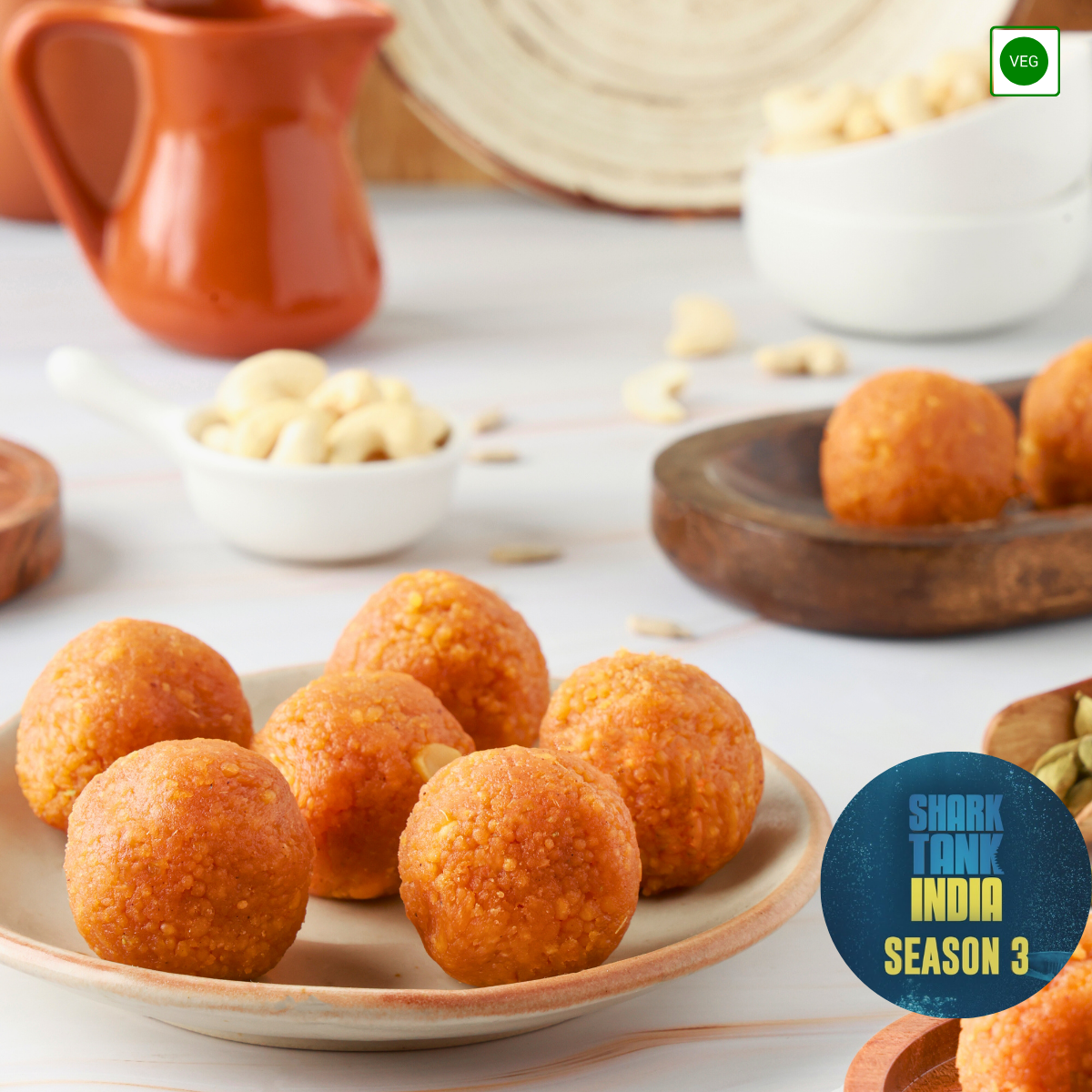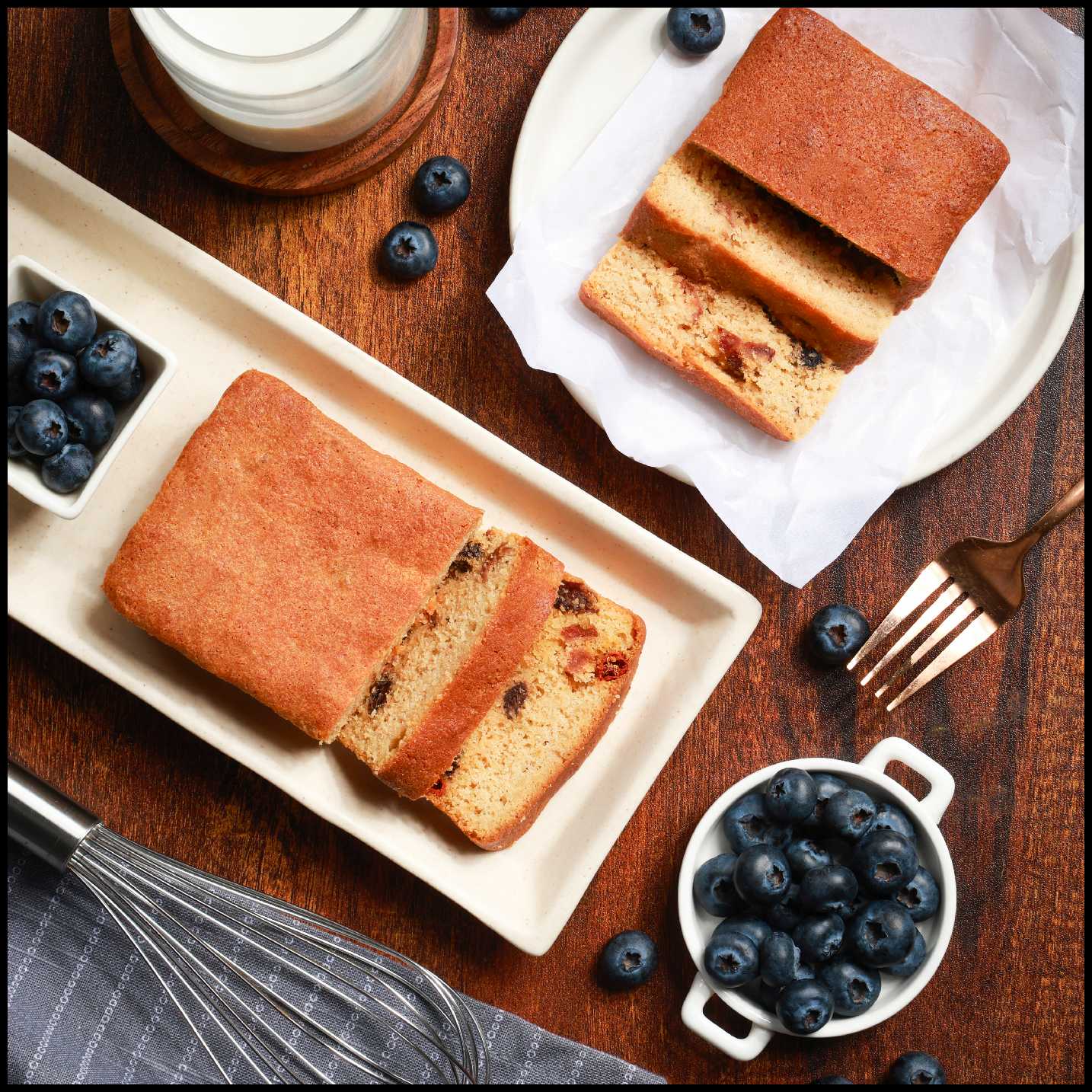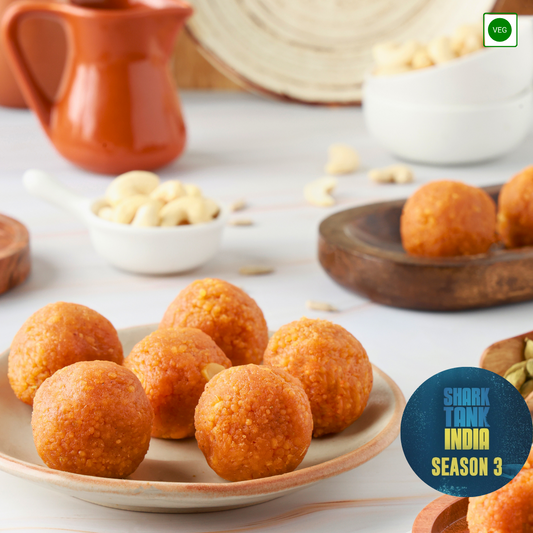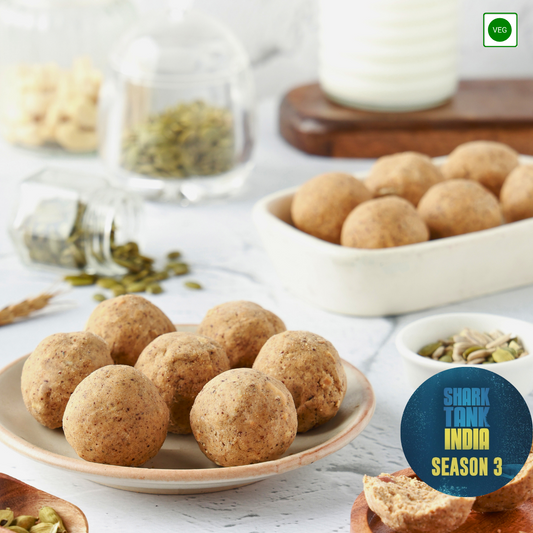Tasty Sugar-Free Desserts
Scientifically crafted for Diabetics by Diabetics
Artinci was born out of Aarti's and Sumit's (Artinci's founders) abiding love for great-tasting dessert, while helping them stay committed to their health goals as well. As a result, Artinci makes delicious desserts with zero sugar, that are science and evidence-backed.
Aarti and Sumit come from a family of three generations of diabetics. They were themselves diagnosed pre-diabetic in 2012, and right there began a lifelong quest of a healthy, active lifestyle, including healthy swaps in food. Read more.
Shop the categories
View all-

As seen on Shark Tank Season 3
Indulge yourself into delicacies appreciated by Shark's themselves.
-

Sugar Free Sweets
No Indian Celebration is complete without sweets and mithais. With the addition...
-

Sugar Free Cakes - Low Carb, Keto
Artinci's Sugar Free Cakes are healthy desserts, carefully crafted with one central concept...
-

Sugar Free & Keto Cookies
Artinci's Sugar-free, Diabetic-friendly, Healthy Cookies are all about healthy calories that bring...
-

Value Deals & Combos
Get more value from these bestsellers and indulgent products. Completely sugar free,...
Bestsellers
-
Berries Almond Cake - Made with 100% Almond Flour, Sugar Free, Keto, Gluten Free
4.5 / 5.0
(1091) 1091 total reviews
Regular price From Rs. 449.00Regular priceUnit price / perRs. 499.00Sale price From Rs. 449.00Sale -
Almond Cookies - Sugar Free, Gluten Free, Keto
4.45 / 5.0
(251) 251 total reviews
Regular price From Rs. 249.00Regular priceUnit price / perRs. 249.00Sale price From Rs. 249.00 -
Motichoor Ladoo (200gms) | Made with Pure desi ghee | Low carb | Sugar free | Diabetic Friendly
4.56 / 5.0
(303) 303 total reviews
Regular price From Rs. 299.00Regular priceUnit price / perRs. 299.00Sale price From Rs. 299.00 -
High Protein Ladoo (200g) - Keto | Diabetic Friendly | High Protein | Sugar Free
4.56 / 5.0
(303) 303 total reviews
Regular price From Rs. 349.00Regular priceUnit price / perRs. 349.00Sale price From Rs. 349.00
Blissful Almond Cake

Sugar-free | Low Carb
Indian Sweets
Discover the perfect blend of sweetness and health with our delicious sugar-free Indian Sweets.
Did you know our Kaju Katlis are also Vegan?!

Sugar-free | Keto | Diabetic friendly
Cookies
These cookies are your best partners for an anytime snack, chai-time or while traveling to work or wherever.
Psst...Our almond cookies are also a crowd favourite on Amazon :-)

Sugar-free | Diabetic friendly | Keto
Cakes
Choose from a range of Delicious cakes. Tea-time has never been better!
The gluten-free Berries cake is a personal favourite of the founders!
Let customers speak for us
from 3142 reviews
Your kalajamun and kaju katli and motichoor were super delicious ! Out of the world! Thank you so much for giving a diabetic person this privilege at home ! 🫶🏻 lots of love

Being diabetic, I can say this with absolute confidence that these products I ordered, DID NOT SPIKE MY SUGAR. In fact in a balanced diet, it's ideal. Just a bit pricey for regular orders. Spread Bakeries all over, you definitely have a winning product and it will help reduce costs too. Thank you SharkTank for this wonderful couple..

Being diabetic, I can say this with absolute confidence that these products I ordered, DID NOT SPIKE MY SUGAR. In fact in a balanced diet, it's ideal. Just a bit pricey for regular orders. Spread Bakeries all over, you definitely have a winning product and it will help reduce costs too. Thank you SharkTank for this wonderful couple..

Delicious and also it did not spike my sugar

For someone who is passionate about confectionery and with now trying to reverse my initial diabetes- my ‘trishna’ feeling was felt after having your cakes . Till then I was feeling g cheated and deprived of that joy 😂

Had ordered sugarfree moong dal halwa. Was too good. Less ghee and less sweet. Overall was very tasty 😋😋 Loved it

Shark tank introduced us to you.Will try other items too.Keep up the consistency of excellent products innovated in this particular segment/category.
Dessert Chronicles
Read about myths and truths about the world of sugar free sweeteners, managing diabetes, tips and hacks from the experts.
-

The Answer to Weight Management is in the quali...
It's those extra Carbs, duh! When I had just delivered my daughter in 2007, my well-meaning mother-in-law, in all her traditional wisdom, advised me to load up on “desi ghee”...
The Answer to Weight Management is in the quali...
It's those extra Carbs, duh! When I had just delivered my daughter in 2007, my well-meaning mother-in-law, in all her traditional wisdom, advised me to load up on “desi ghee”...
-

Carbs are cheap, Healthy & Cheap do not usually...
Did you know that high-carb products are often cheaper, but a low-carb diet is essential for health and managing diabetes? For years, the cheapest and most available options have been...
Carbs are cheap, Healthy & Cheap do not usually...
Did you know that high-carb products are often cheaper, but a low-carb diet is essential for health and managing diabetes? For years, the cheapest and most available options have been...
-

Add Beetroot to Your Diet: An Easy Way for Diab...
Trying to manage your diabetes can feel like a full-time job. You're weighing your food, counting carbs, and monitoring blood sugar daily. It's exhausting. But what if we told you...
Add Beetroot to Your Diet: An Easy Way for Diab...
Trying to manage your diabetes can feel like a full-time job. You're weighing your food, counting carbs, and monitoring blood sugar daily. It's exhausting. But what if we told you...
-
100% NO ADDED SUGAR
We understand that sugar is not good for health, but did you know that even jaggery, honey are not safe for diabetics? Read more here.
Therefore, we only work with natural stevia based sweeteners which do not cause unwanted sugar spikes.
-
Low Carb, Low Calorie
All our products have atleast 40-80% lower carbs than regular desserts & snacks. A low carb diet is indeed a good diet. Read more here.

















